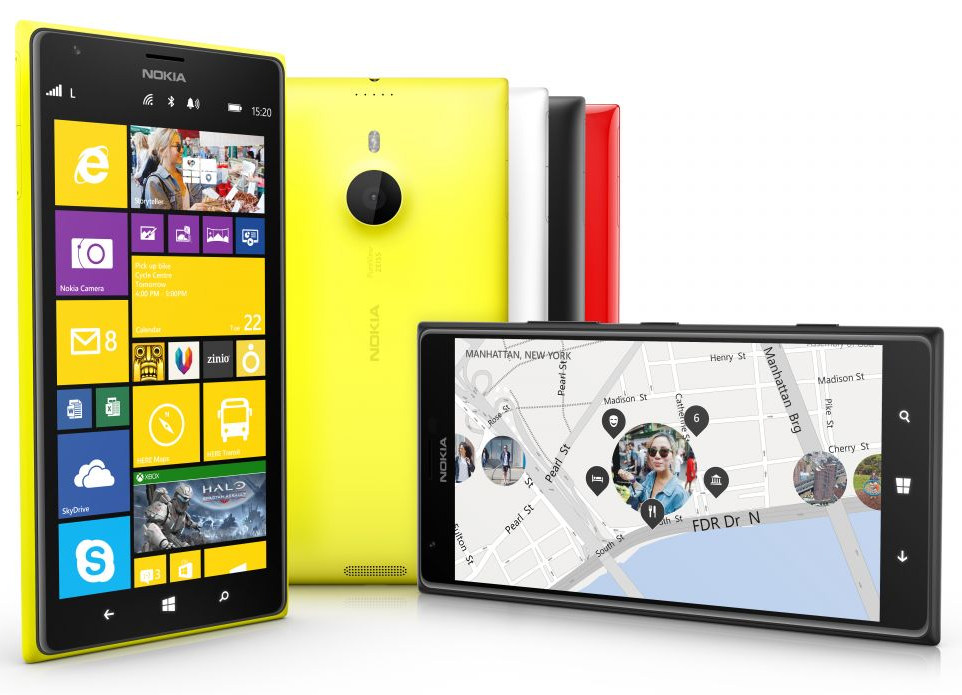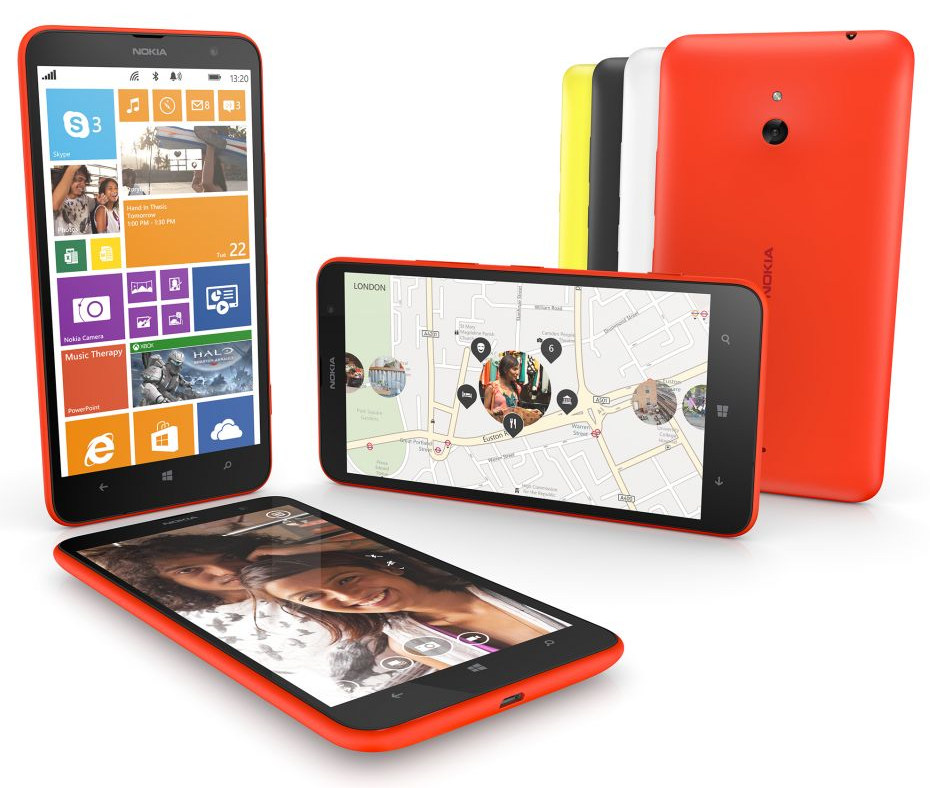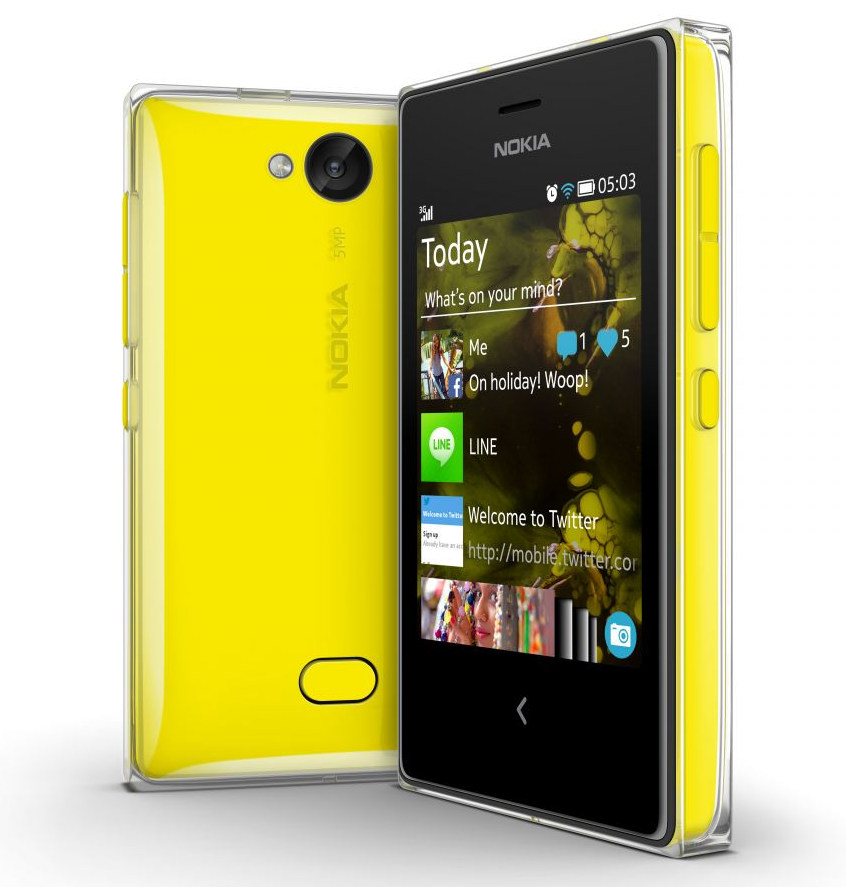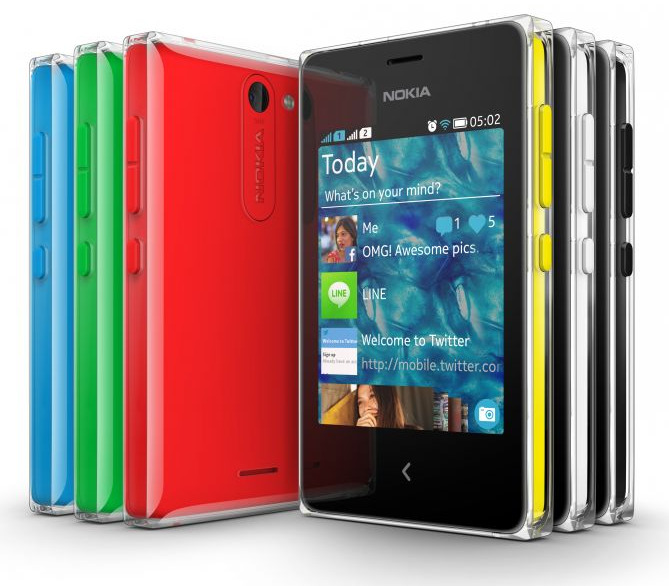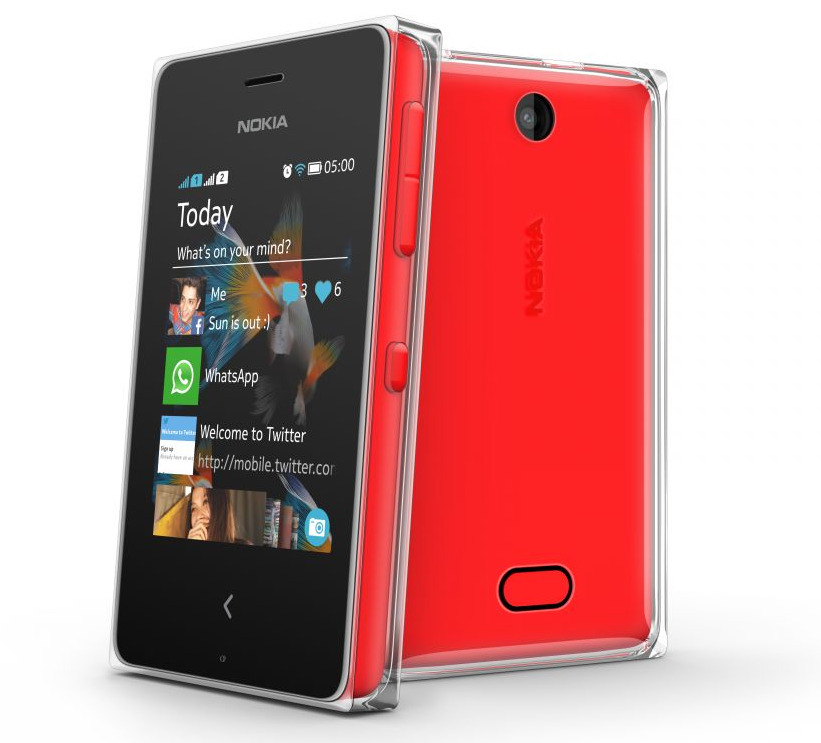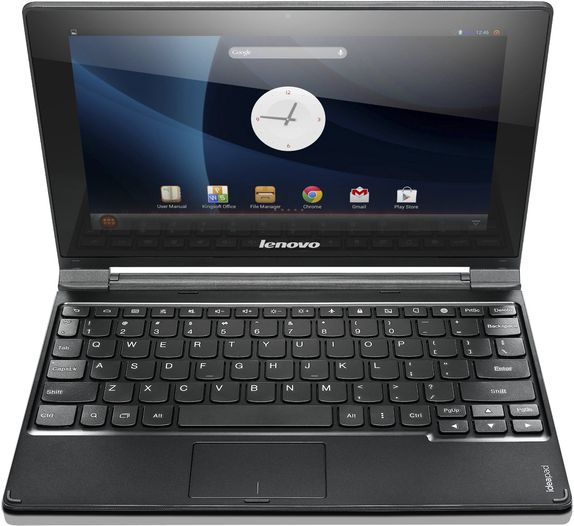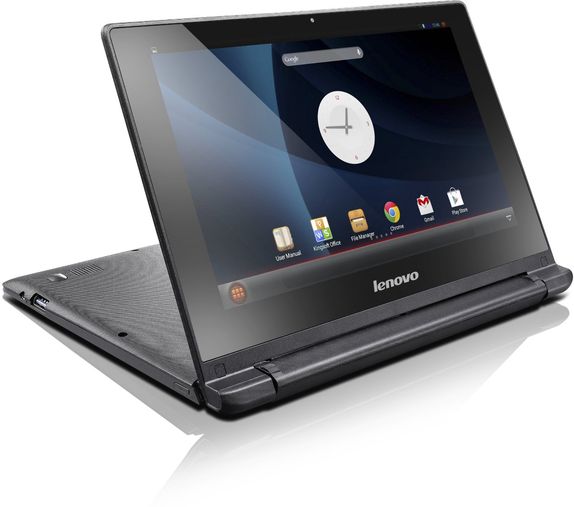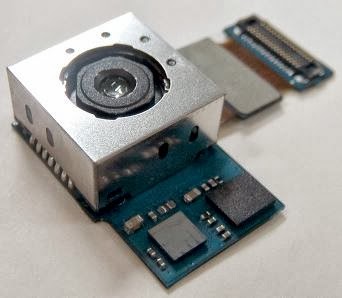Android 4.4 KitKat official, aims to reach 1 billion users
Android 4.4 KitKat has been officially announced and as usual, the latest version of the Android OS debuts alongside the a new Nexus, the Nexus 5. So, what's new? Well, the 4.4 KitKat aims to reach the next 1 billion users and it will scale automatically to fit on the devices with as little as 512 MB of RAM.The design of the OS has been polished and it looks better than ever. Android 4.4 brings a new phone app, which now helps you search across your contacts, nearby places or even through any other Google app accounts, right from your dialler app.
Google's new Hangout app comes out of the box on Android 4.4. It puts all your SMS and MMS under one roof along with other conversations and video calls so that you don't miss messages regardless of how they are sent.
 The lock screen now has a camera shortcut and there is an option to
rearrange the home screens to match your requirements. All devices
without hardware keys now get extra room as the navigation interface
disappears as soon as an app is launched.
The lock screen now has a camera shortcut and there is an option to
rearrange the home screens to match your requirements. All devices
without hardware keys now get extra room as the navigation interface
disappears as soon as an app is launched.As one can expect, the newest Android version brings a whole lot of new features for Google's search platform. You can now activate search with keywords and the speech recognition engine is about 25 percent more accurate than before, according to Google.
You can use the hotwords to launch voice search with the Google Now, send a text, get directions or even play a song. The upcoming version of the Google Now will bring new card types that keep you updated with contextual topics of interest to you.
Android 4.4's new framework allows you to AirPrint (a feature similar to wireless printing), which is however limited to HP printers only for now. The OS now supports third-party cloud storage in the Gallery app
Google aims to make Android accessible to everyone, even people with low-end hardware. In the past, due to the memory constraints, some lower-end smartphones couldn't get a taste of the newer Android versions, but with KitKat that's about to change. Android 4.4 KitKat removes unnecessary background services and reduces the memory consumption to a large extent, which now allows the OS to run smoothly even on devices with 512MB RAM. Ironically, the Galaxy Nexus with 1GB RAM will not get KitKat.
Google has also managed to enhance the battery performance through its sensor batching, which reduces the data requests. Lastly, Android 4.4 comes with under the hood tweaks and changes to enhance the overall performance of the OS.
Android 4.4 KitKat will be powering the newly launched Google Nexus 5 out of the box, while the roll out for the other Nexus devices will begin in the coming days.
LG Nexus 5 is official, runs Android 4.4 KitKat
The leak storm is finally over, Google has just made the Nexus 5 official. The latest Nexus smartphone is manufactured by LG. It rocks a 4.95" LCD display with 1080p resolution, which adds up to a pixel density of 445 ppi. The good news keeps on coming with the addition of Gorilla Glass 3 for enhanced screen protection.Inside the Nexus 5 is a 2.3GHz Qualcomm Snapdragon 800 chipset with four Krait 400 cores and Adreno 330 GPU. It's definitely not a slouch with 2GB of RAM and Android 4.4 KitKat at the driver's seat.

In a traditional Google manner, internal storage options are either 16GB or 32GB with no microSD card slot to be found. Below the back cover sits a 2,300mAh battery, which isn't exactly the largest we've seen on a 5" smartphone. However, it does support wireless charging, which is cool.
At the back, there's an 8MP with OIS and LED flash. The camera uses a 1/3.2" sensor and an f/2.4 aperture. The camera module protrudes a bit from the rear casing with a LED flash below it. At the front, there's a 1.3MP camera for video calling, too.
The LG Nexus 5 measures 137.84 x 69.17 x 8.59mm and weighs just 130g.
On the connectivity side, the LG Nexus 5 has it all - penta-band 3G, 4G LTE, Wi-Fi a/b/g/n/ac, Bluetooth 4.0 LE, A-GPS, NFC and even.
The Nexus 5 will be available in the US and Canada in North America, the UK, France, Germany, Spain and Italy in Europe, plus Australia, Japan and Korea (and coming soon to India).
The 16GB version of the Nexus 5 is priced at $349 / €349 / £300, while the 32GB versions are $400 /€400 / £340. Sales start tomorrow, November 1 from the Google Play Store. Other than the Play Store, you'll be able to grab one from Sprint, T-Mobile, Amazon, Best Buy and RadioShack.
By the way, the Play Store will also sell accessories for the Nexus 5 - bumpers and QuickCovers.
Update: Boy, that was quick. The US Play Store is reporting that the 16GB Nexus 5s are sold out just a couple of hours after the launch. If you managed to snag one, it should ship by November 8.
Both 32GB versions (Black and White) are still available, but who knows how long this will last. Hopefully, the other retailers will have more units available.
Intel's holdout against making ARM chips comes to an end
Unable to break through with its own mobile Atom chipset, it seems that Intel finally raised the white flag and has decided to begin manufacturing 64-bit ARM chips of its own.
The ARM architecture's supremacy in the mobile market has been a result of the varied and competitive core licensing terms provided by ARM Holdings. This has allowed a variety of manufacturers - including Samsung, Apple, Nvidia and many more - to use ARM's core designs to create integrated SoC's of their own. In 2010 alone, an incredible 95% of smartphones shipped with ARM-based CPU's.
It was obviously in Intel's best interest to stop resisting the adaptation of ARM in the mobile realm, and its decision to enter into the fray against other semiconductor foundries (most notably Samsung and TSMC) brings up some interesting permutations.
First, will Intel's historic rival chipset manufacturers like Nvidia and Qualcomm be willing to do business with it over rival foundries? Second, what sort of advantages will Intel's 64-bit architecture offer?
This also opens up some interesting possibilities for Apple, who would love to be able to break ties with Samsung as the primary supplier of the ARM-based Ax SoC found in its iPhone smartphones and Apple tablets (including the upcoming A8 chip). It's a process that's been hinted at in the past, and estimated to take as long as a year and a half and cost Apple between $1 - 3 billion.
Intel's potential ability to make high quality 64-bit ARM CPU's may be enough to entice Apple into taking the plunge, and perhaps even get an exclusivity agreement in the meantime.
Xolo Q900 is a quad-core smartphone for €155
Xolo Q900, the company's latest quad-core smartphone, has launched in India. It comes with a 4.7-inch 720 display and is powered by the MT6589 chipset with four ARM Cortex-A7 cores clocked at 1.2GHz, PowerVR SGX544 graphics and 1GB of RAM.
The Xolo Q900 has 4GB of internal storage expandable via a microSD slot. There is an 8MP rear camera capable of 1080p video recording plus a 2MP front snapper. As is usually the case with Xolo phones, the Q900 is dual-SIM-enabled and supports 3G with HSPA. Finally, it comes with a 1,800 mAh battery that should be enough for 10 hours of 3G calls, at least on paper.
Xolo Q900 runs on Android 4.2.2 Jelly Bean version.
The smartphone is now available in India for INR 12,900 which translates to just €155.
Motorola announces Ara, a new modular phone concept
We have seen the ambitions Phonebloks concept in the past. But while the idea was definitely amazing, it was hard not to get cynical about its success, considering it was just guy with an idea trying to get the attention of companies around the world to make it a reality.But what if one of those companies decided to take the idea and do something about it? Presenting the Motorola Ara, a modular phone concept that might actually become real one day.


Motorola will soon be sending invites to developers to start working on modules for the Ara and an alpha version of a Module Developer's Kit will be released in winter.
LG G Flex with curved OLED display goes official in Korea
LG officially took the wraps off the G Flex
smartphone with curved display in Korea. The Android handset will hit
all three major carriers in its homeland next month, where it will
square off against the Samsung Galaxy Round.

Naturally, the main feature of the LG G Flex is its curved display. It is a massive 6” 720p OLED unit whose IMAX cinema-like horizontal curve in landscape mode will allow for an immersive experience when watching videos or playing video games.
Another peculiar talent featured by the device is self-healing film on its back which can deal with minor scratches in a matter of minutes. LG compares the trick to the self-healing ability of the Wolverine character from the X-Men.
The LG G Flex is powered by a Qualcomm Snapdragon 800 SoC with 2.26GHz quad-core CPU. The rest of the specs include 2GB of RAM, 32GB of built-in memory, microSD card slot, and 13MP camera. The smartphone packs full connectivity suite, including compatibility with the speedy LTE-A networks in Korea. It will boot Android 4.2.2 Jelly Bean dressed in LG’s proprietary UI.
The measures of the LG G Flex are 160.5 x 81.6 x 7.9/8.7mm (the thickness of the phone depends on the point of its curve), while its weight tips the scale at 177 grams. The handset is powered by a 3,500mAh battery which was recently under the spotlight in its own right.

Naturally, the main feature of the LG G Flex is its curved display. It is a massive 6” 720p OLED unit whose IMAX cinema-like horizontal curve in landscape mode will allow for an immersive experience when watching videos or playing video games.
Another peculiar talent featured by the device is self-healing film on its back which can deal with minor scratches in a matter of minutes. LG compares the trick to the self-healing ability of the Wolverine character from the X-Men.
The LG G Flex is powered by a Qualcomm Snapdragon 800 SoC with 2.26GHz quad-core CPU. The rest of the specs include 2GB of RAM, 32GB of built-in memory, microSD card slot, and 13MP camera. The smartphone packs full connectivity suite, including compatibility with the speedy LTE-A networks in Korea. It will boot Android 4.2.2 Jelly Bean dressed in LG’s proprietary UI.
The measures of the LG G Flex are 160.5 x 81.6 x 7.9/8.7mm (the thickness of the phone depends on the point of its curve), while its weight tips the scale at 177 grams. The handset is powered by a 3,500mAh battery which was recently under the spotlight in its own right.







